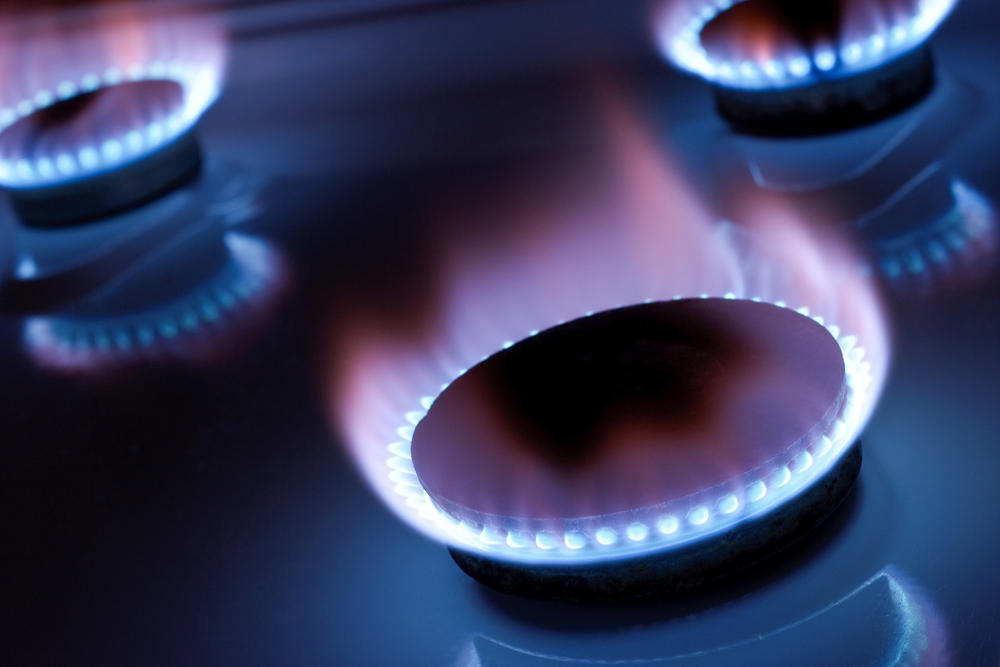
In a stark warning, EnergyQuest has raised concerns about an impending gas supply shortfall on the east coast of Australia.
The East Coast Gas Outlook 2019, published five years ago, predicted a gas supply deficit beginning in 2026 and escalating in 2028.
This projection has been corroborated by recent reports from the Australian Energy Market Operator (AEMO) and the Australian government’s Future Gas Strategy.
Despite these warnings, EnergyQuest believes that the measures taken so far have been insufficient to address the looming 2028 shortfall.
With less than four years remaining, the firm has called for a “Plan B” to be implemented urgently.
EnergyQuest has outlined several options that could be considered as part of Plan B:
- Develop more gas: While still a viable option, there are limited new fields or discoveries that can be brought online in time to meet the impending shortfall.
- Back down gas demand faster: Accelerating the reduction of gas demand could help alleviate the supply crunch.
- Divert gas from LNG feedstock: Redirecting a portion of the gas currently used for LNG production could provide additional supply for domestic consumption.
- Contract LNG import terminal(s): Establishing LNG import terminals could allow for the importation of gas to supplement domestic production.
EnergyQuest suggests that a comprehensive Plan B will likely require a combination of all these options to be pursued simultaneously, given the short timeframe and the risk of unexpected shortfalls.
The report also highlights several key statistics and industry performance indicators for the first quarter of 2024:
- Total petroleum production in Australia reached a record high of 279.3 million barrels of oil equivalent (MMboe), up 4.3 per cent from the previous record in Q1 2023.
- LNG production also set a new record of 21.2 million tonnes (Mt), surpassing the previous best of 20.5 Mt in Q1 2023.
- National conventional gas production increased by 4.2 petajoules (PJ) quarter-on-quarter to 180.4 PJ, driven by higher output in Western Australia.
- East Coast gas production decreased by 6.8 PJ to 71.9 PJ, with the Gippsland Basin Joint Venture accounting for only 45 per cent of total East Coast conventional production, down from 67 per cent just 18 months ago.
- Short-term East Coast gas prices averaged $11.58 per gigajoule (GJ) in Q1, up 7.5 per cent quarter-on-quarter, while average spot prices in Western Australia were $9.13/GJ, up 17 per cent.
- National oil production continued to decline, decreasing by 7.5 per cent quarter-on-quarter to 6.8 million barrels, despite the addition of production from restarts at Montara and Wandoo fields.
EnergyQuest’s report underscores the urgency of addressing the impending gas supply shortfall on the East Coast and calls for immediate action to implement a comprehensive Plan B to ensure energy security and meet domestic demand.






